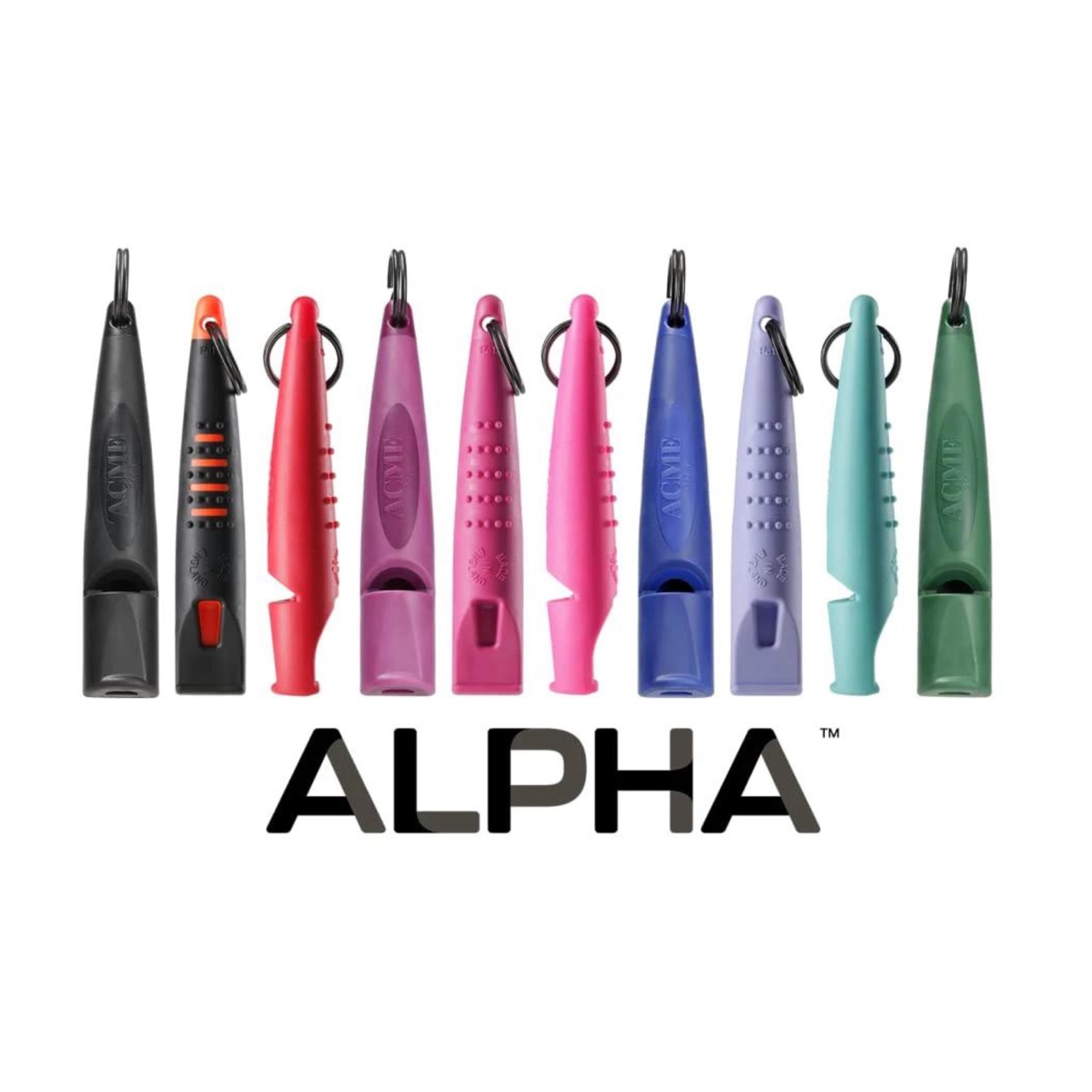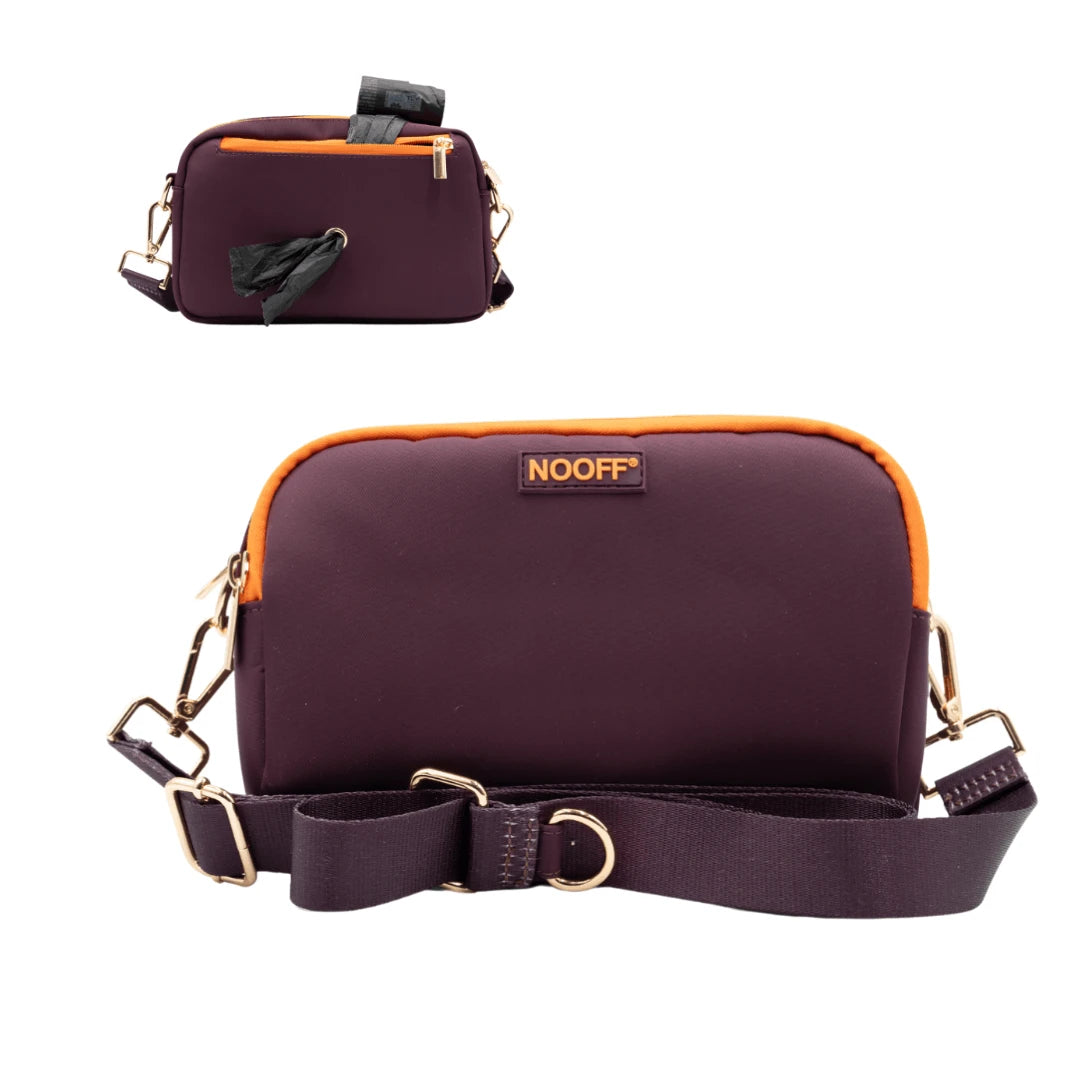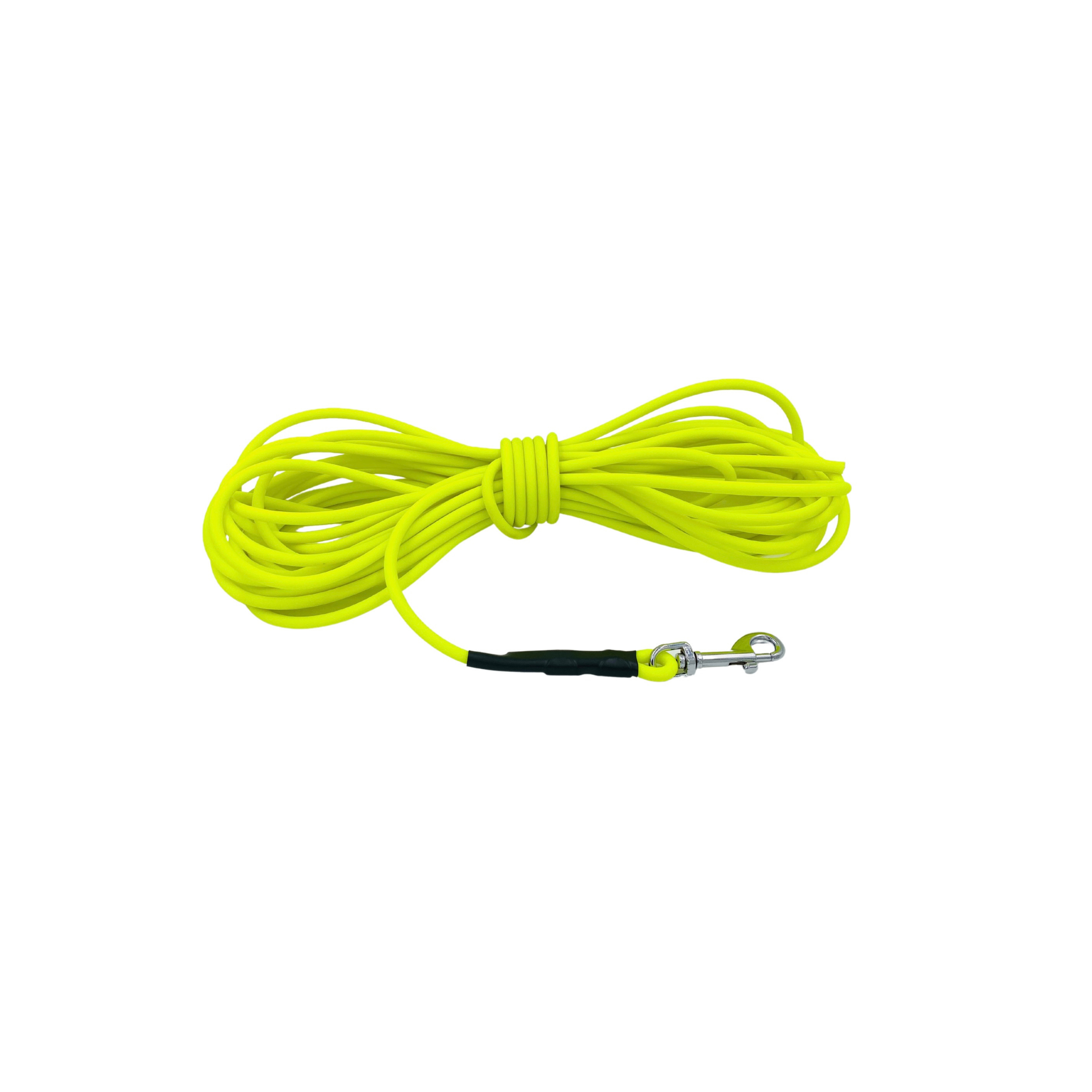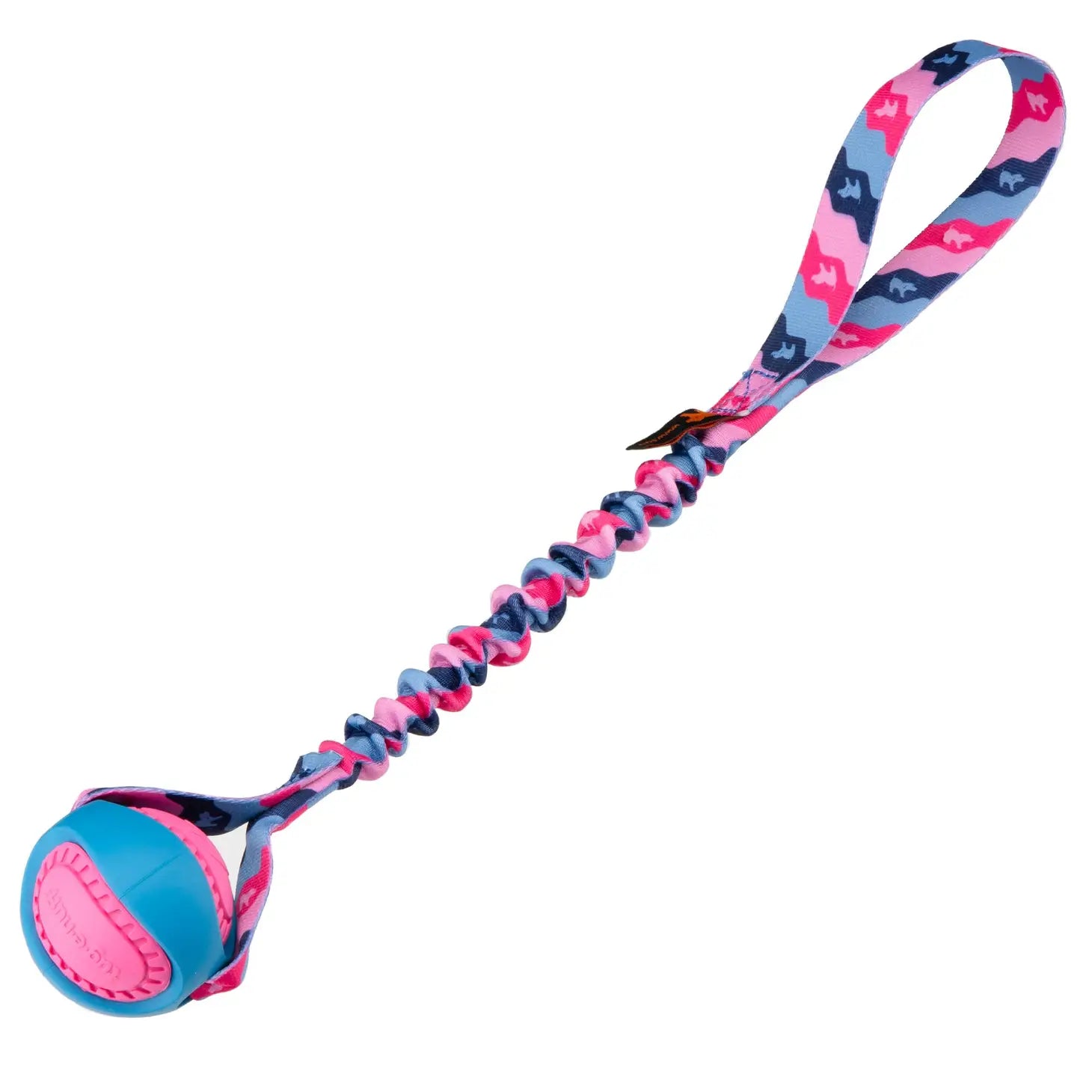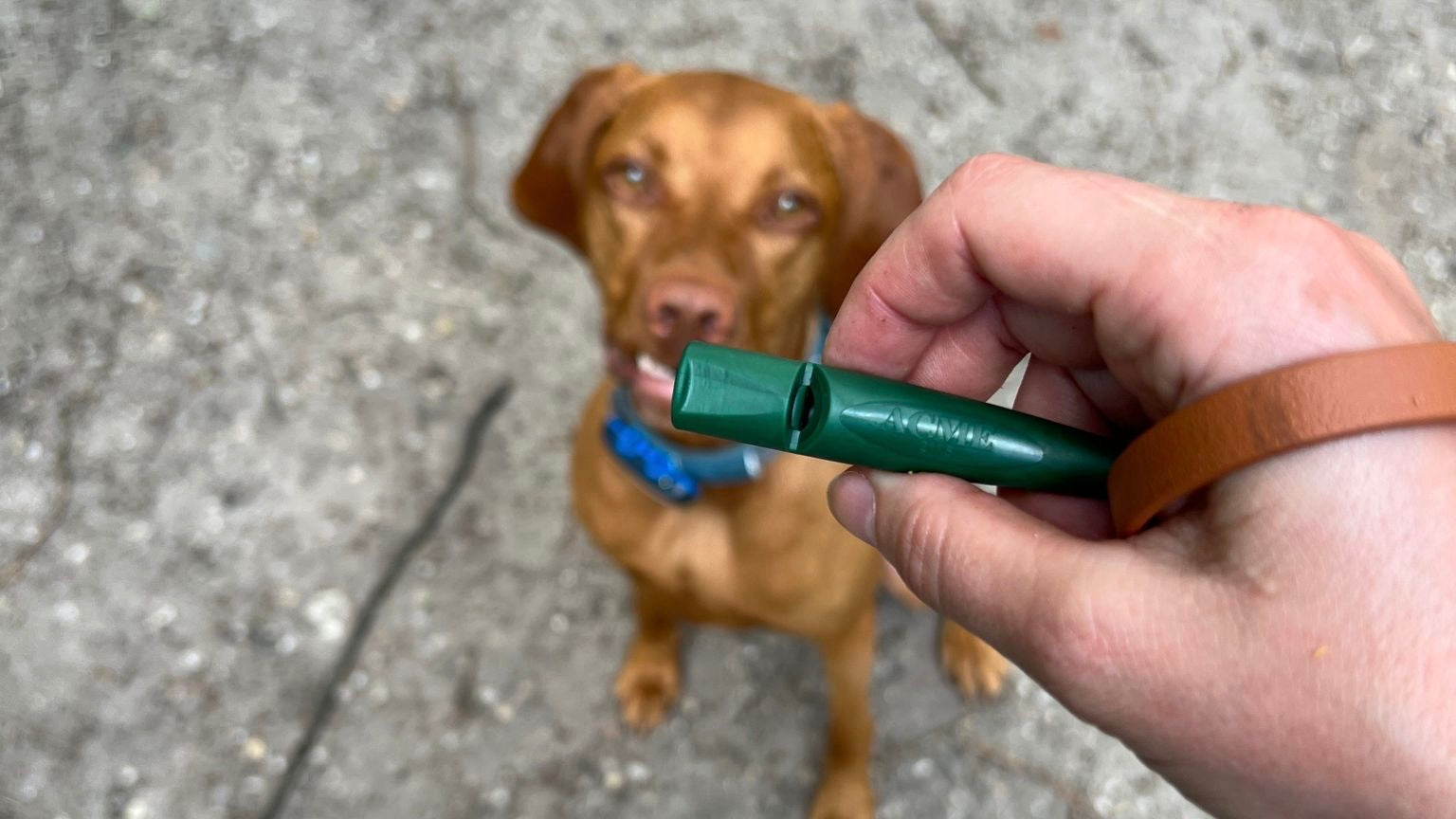
How do you teach your dog to return to the dog whistle?
Written by: Marscha van der Velden
We got our own Nova at 8 weeks old. Nova is a Vizsla, a Hungarian pointing hunting dog from a working line. Immediately after we got her, we started puppy hunting training with her. We were asked what was our goal? A dog that listens well! We received lessons to teach Nova, among other things, how to return to the flute. They also call this the recall.
Nova paid attention to everything and everyone, except us. Flying leaves, butterflies, runners, cyclists and other dogs. We live close to beautiful off-leash areas, where there are also many runners and mountain bikers. We thought it was important that she listened carefully. But also that she would not run behind runners and/or cyclists.
Why is it so nice that your dog comes back to the dog whistle?
- Your voice has a different pitch every time, you shout louder or softer. But you also have more emotion in your voice, such as fear or anger
- With a whistle you have a more consistent sound for your dog and always the same tone
- Your dog will hear a dog whistle much better over a longer distance
- Do you want next level? You can even teach your dog commands using your dog whistle, such as sit or down
Do all dog breeds listen to the dog whistle?
Of course! It's basically like whistling on your fingers to your dog (for the people who can do that). Only one breed of dog naturally listens better and/or faster to a dog whistle.
What do you need to get started?
- a stimulus-free environment
- NOOFF® reward bag, so that you quickly have your reward at hand
- the Acme Alpha dog whistle including whistle cord
- his own invented flute melody
- the ultimate reward for your dog, this can be food or a tug toy such as the Tug-E-Nuff
- possibly a long round Biothane tow line at least 10 meters
How do you start practicing the recall on the flute?
It takes time and a lot of practice, at least for most dogs. Our Nova now listens very well 90% of the time.
- If necessary, take a long BioThane tow line: Since Nova often has bananas in her ears as a puppy, but even now, we attach a long round BioThane tow line without a handle to her 12 meter harness. We attach the tow line to her harness, to the ring on her back, so that she is least bothered by it. The tow line then stays a bit nicer behind her. The tow line may give you more control.
- Use the Acme Alpha Dog Whistle 210.5 or 211.5 incl. NOOFF® whistle cord: We have used the Acme 211.5 for our Nova from the start. The 211.5 pitch is most commonly used for retrievers, Labradors or pointing (hunting) dogs such as the Vizsla, German Pointers and Weimaraners. Also suitable for dogs that run 'a little' further away from you as a dog owner. The range of the 211.5 is further compared to the 210.5 pitch. The 210.5 pitch is most often used for dogs that stay fairly close to you, as is often the case with Spaniels, for example. The range of the 210.5 is slightly shorter compared to the 211.5 pitch. These Acme Alpha dog whistles are in tune. So if you lose the flute, it's no problem. Make sure you always have a spare whistle, for example on your key ring.
- Whistle melody: It is important that you practice your own whistle signal, without your dog being present. If you do the same melody every time, your dog will recognize your melody at some point. Because if you are walking somewhere and someone else also whistles at his dog, your dog will not respond to it. Because your dog has linked the pitch and your own whistle melody.
- The ultimate reward: Look for a reward that your dog finds irresistible and would otherwise NEVER get. Only use this if your dog comes back to the whistle. Try various types of food, such as cheese, sausage or small pieces of frikandel. In the beginning it was a lot of work for us to find what Nova really liked. Eventually we discovered that she found cheese irresistible. Give your reward immediately when your dog returns to you. We give Nova a lick of the Danish chef cheese spread tube that you can buy at Albert Heijn. We know that this is not a very healthy reward, but a lick every now and then won't hurt. This tube is easy to carry, which is also an advantage. So make sure you have it in your hand and you can give it to your dog immediately. Aren't snacks/food really an irresistible reward for your dog? Then reward your dog through play. For example, by playing together with a Tug-E-Nuff pull toy.
- Timing and setting yourself up for success: It is important that you start practicing with the whistle in an environment where your dog is not easily distracted. For example, think of your own home or garden. Build up very slowly to environments with more stimuli, such as the forest or beach. It is super important that you only whistle back to your dog, especially in the beginning, if you are 100% sure that your dog will actually come back to the whistle.
Example: You are walking together in an off-leash area and your dog is looking at you? Then blow the whistle. Because you have contact at that moment, the chance of success is very high. Because then whistling means coming back.
Example:
Is your dog busy playing with another dog and not paying attention to you? Then do n't whistle at your dog if your dog doesn't know the whistle well enough yet. Only do this when you are sure that your dog already knows the whistle well. Only use when learning if you know you will have success together.
Example:
You are walking together in an off-leash area. Your dog is sniffing around and you are hiding behind a tree, for example. In the meantime, you keep an eye on your dog. Does your dog look up to see where you are? Then blow the whistle. You have contact at that moment, then the chance of success is very high and your dog will connect well. Because then whistling means coming back.
- Build up, repeat and keep practicing: during the practice period it is important that the distance between you is not yet too great. It is easier to practice if there is only a few meters between you and your dog compared to 100 meters. So only increase the distance when you are ready. Build up the distance in meters slowly. It is important that you continue to exercise during every walk or workout. So do not only use the dog whistle in emergency situations. But always keep practicing and training with your dog, so you get a super good recall together with your dog. We train our own Nova with the whistle several times during every walk or training session.
We are not professional dog trainers. This blog briefly describes how we taught Nova ourselves. Do you want more information? Inquire at your own dog school.

